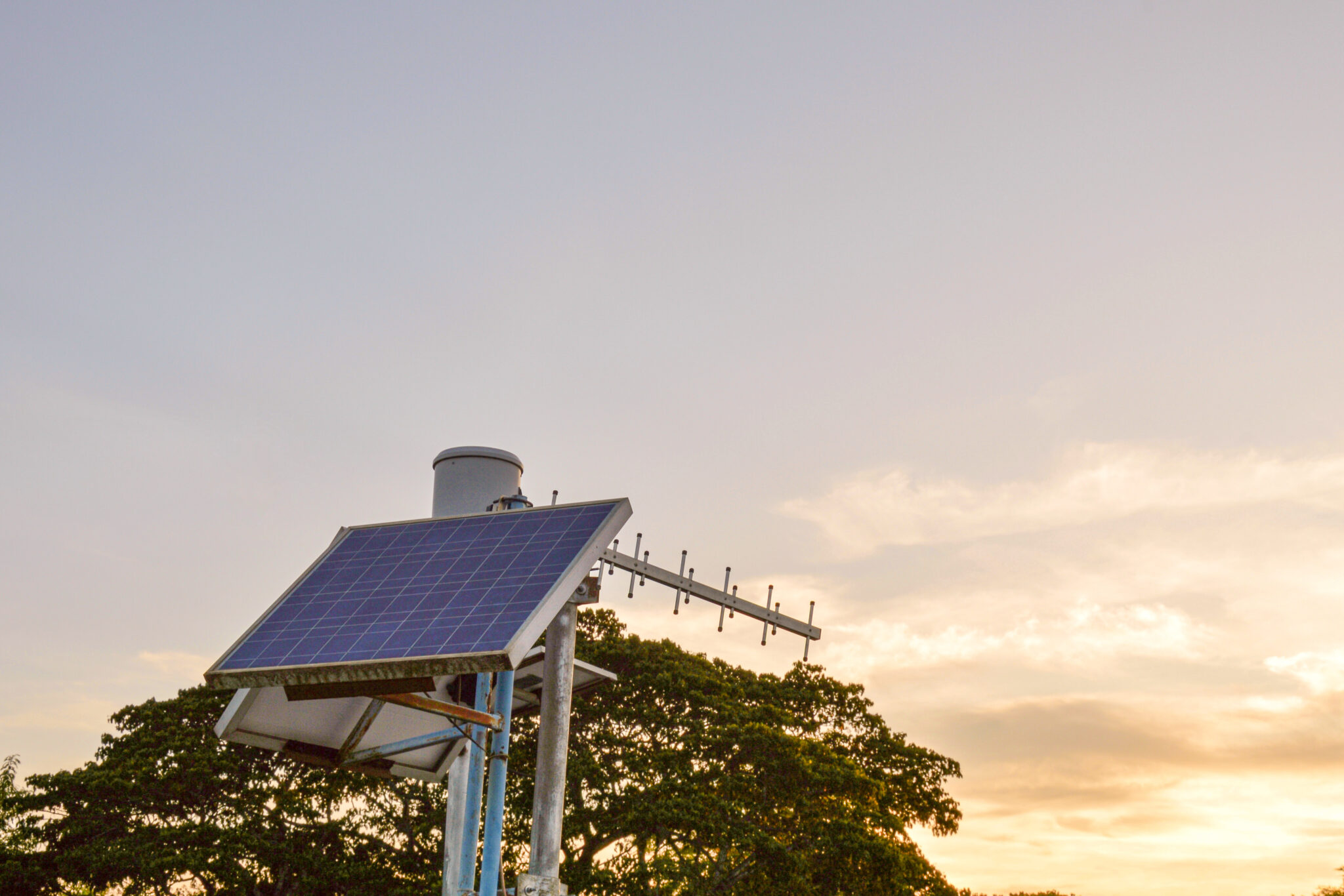Village Base Station (Community Cellular Networks)

Solar-powered cellphone tower. © Supat suttiso – stock.adobe.coma
Today over one billion people worldwide live beyond the reach of cellular networks. Many live in sparsely populated rural regions, with weak power infrastructure, making it prohibitively expensive for most telecommunication companies to invest.
Researchers supported by CEGA’s Development Impact Lab (DIL) initiative developed the Community Cellular Network (CCN), formerly known as the Village Base Station. The CCN is a complete “network-in-a-box,” enabling local communities to both own and operate their own cellular systems. The network is designed for the world’s most remote communities and can be deployed by people with limited technical skills. At its core, the technology is a village base station, or cell phone tower. Each CCN costs less than 1/10th the price of traditional cellular equipment, and its low power consumption enables it to run solely on solar or micro-hydro power. The network can provide kilometers of coverage to local communities.
The interdisciplinary research team–comprised of engineers, computer scientists, and economists– has adapted the core technology (radio antenna, admin interface) to the Philippine context, and negotiated a commercial agreement with the national telecommunication operator Globe, allowing them to provide price subsidies to individual subscribers. They’ve now completed a randomized evaluation across seven villages in Aurora Province on the island of Luzon, Philippines, and recently published results showing a correlation between increased household wealth and network adoption. The project represented the largest deployment of CCNs in a research setting to date and provides novel evidence on the opportunities to build inexpensive and financially sustainable cellular networks in remote settings.




